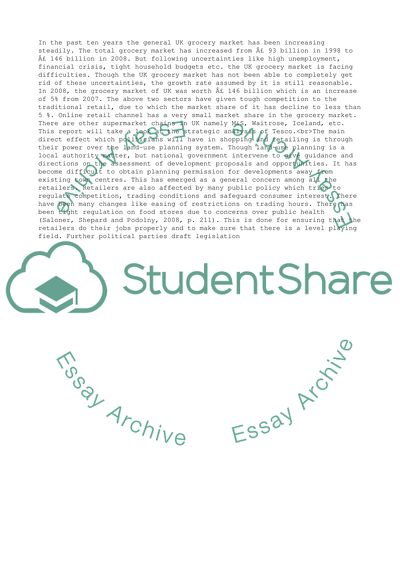Cite this document
(“Individual report about Tesco Essay Example | Topics and Well Written Essays - 3250 words”, n.d.)
Retrieved from https://studentshare.org/business/1640856-individual-report-about-tesco
Retrieved from https://studentshare.org/business/1640856-individual-report-about-tesco
(Individual Report about Tesco Essay Example | Topics and Well Written Essays - 3250 Words)
https://studentshare.org/business/1640856-individual-report-about-tesco.
https://studentshare.org/business/1640856-individual-report-about-tesco.
“Individual Report about Tesco Essay Example | Topics and Well Written Essays - 3250 Words”, n.d. https://studentshare.org/business/1640856-individual-report-about-tesco.


